- Rent, Lease, or Purchase
- |
May 6, 2021
Shipping Container Schools: A Smart Educational Solution
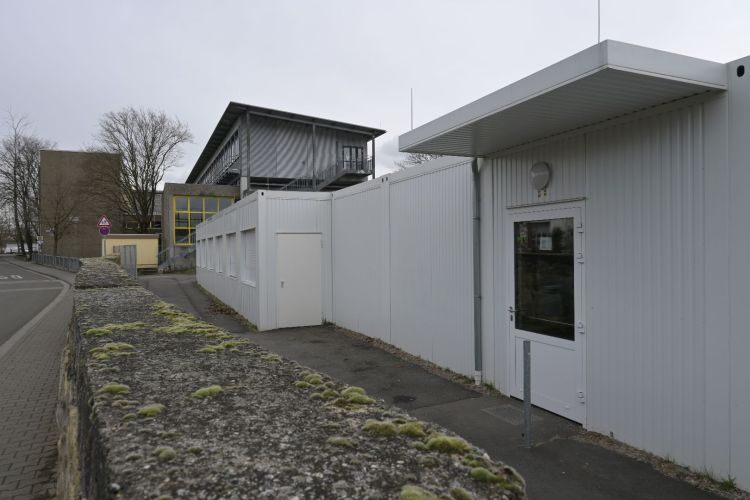
With the increase in population over the past few decades, the demand for quality education has shot up considerably. However, a lack of adequate available space and low budgets have presented challenges in creating suitable classrooms in developing and underdeveloped regions of the world. Fortunately, there’s a cost-effective solution to lean on.
Shipping container classrooms and schools have been highly efficient due to their flexible design.
Stacked shipping container units can even help create multi-storied buildings.
Containers are also portable so that you can transport the entire school building to a new location if needed.
Waldorf School in Orange County, California, is a great example of a functioning shipping container school. The institution has relied on these portable solutions to expand their existing campus.
The results have been nothing short of impressive, with both students and faculty excited about such a new and creative solution to space challenges.
Remember, shipping containers are highly versatile. In addition to classrooms, they can be used to create dining facilities, administrative offices, and even student accommodations using the same structure.
Educational Facilities That You Can Build Using Shipping Containers
While it may seem that a shipping container classroom is a single, self-contained classroom, that’s not always the case. The incredibly flexible build of a storage container can accommodate a wide range of floor plans and educational building designs.
Let's look at the different types of facilities you can build with container units:
Additional Single Classrooms
Single classrooms can be an excellent addition to your existing school building, especially if your school is expanding and requires extra classroom space to accommodate additional students.
Single-Class Facility
You can build a daycare, a single-class school, or a one-classroom building facility using just one shipping container. In addition, single shipping containers are perfect if your school needs a small library, a medical check-up room, or recreational facilities.
Small Schools With Stacked Containers
You can also invest in multiple shipping container configurations, depending on the amount of space available. For instance, you can easily place the container side-by-side, stack them, or use a combination of the two to build a small school.
Large Facility With Stacked Containers
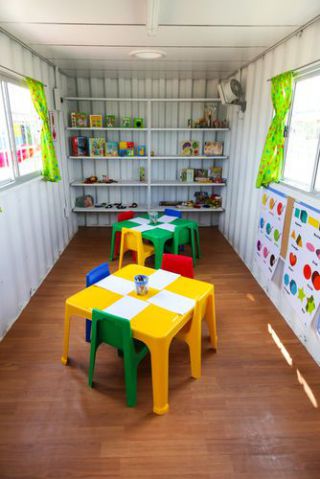
If you want to create an entire school campus, you can use combined and custom shipping containers to your benefit. For instance, Waldorf School has 32 combined shipping containers in various configurations to build a full-fledged campus.
Steps for Building a Shipping Container Classroom
Shipping containers are much easier to work with than traditional brick-and-mortar solutions. However, the complexities may increase depending upon the school size, customization, and the required functionalities.
Generally, these are the steps involved in building a classroom from shipping containers:
Planning
The preliminary step is determining the project layout, the floor plan, and the architectural design. Some of the factors you need to consider during planning are the project scope, budget, and classroom location.
Buying a Container
You can contact a container supplier like Mobile Modular Portable Storage and discuss your plans to get the most suitable units for your school. Before you buy a container, you must ensure it can fulfill your architectural design effectively.
You must also consider the cost per container, features such as air-conditioning, built-in lighting, doors, window, weather resistance, and security while choosing shipping containers.
Site Preparation
After purchasing the container, you must start preparing the site for shipping container delivery. Since a container classroom remains in use for a significant period of time, the foundation must be able to bear the weight of construction.
A level-land with no obstructions is primary for shipping container schools.
Here's everything you need to know about shipping container delivery.
Assembly and Customization
Once you've ensured that the foundation is in place and the site is delivery-ready, you can ask your vendor to place the containers at the right location for easy access.
The container specialist might make customizations on-site like welding the containers together, adding fiberglass paneling, or making bookshelves, for creating smart learning spaces.
Finishing Touches
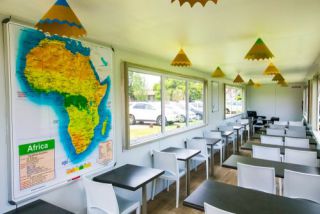
After installing the containers, your vendor will send a team of engineers to install electrical fixtures and plumbing utilities. Lastly, you can select the required furniture and paint options, and your container provider will add the finishing touches for you.
Congratulations! You can now begin using your new shipping container classrooms/schools.
Schools That Have Used Shipping Container Classrooms
Let's look at the few schools that have already started using steel containers and derive their benefits.
Waldorf School, Orange County, California
The Costa Mesa Waldorf School in California decided to take an eco-friendly approach while expanding its existing building. At Waldorf, you can find 32 individual shipping containers transformed into four classroom buildings, a library, a science lab, and a two-story auditorium.
DigiTruck IT Classroom, Tanzania
'Close the gap,' a charity aimed at bridging the digital divide, donated an IT classroom made from recycled shipping containers to an orphanage in Tanzania. The container classroom's laptops and tablets run on solar power. About 18 students now have access to the facility to learn new technology and upgrade their skills.
Fawood Children's Center, London
The Fawood Children's Center provides care for 3 to 5-year-old kids, autistic and special needs children, and adult learning services. Urban Space Management, a London-based firm, designed this three-story interconnected classroom space to create a bright and cheerful space.
Vissershok Container Classroom, Cape Town, South Africa
Tsai Design Studio created a highly functional shipping container school with its limited budget and space constraints. Using a storage container allowed the firm to deliver a classroom space, a garden space for supplementing school meals, a play area with a swing and other equipment, and a gathering area for school assemblies.
Shooters Hill School, London
One of the reasons Shooters Hill School in London chose shipping containers was the easy and efficient scalability. Within two days, the school added 7,200 square feet of additional workshop and classroom space on their existing campus.
There are several reasons why many schools are choosing shipping container classrooms over traditional construction. Let's look at some of the benefits that shipping containers offer:
Low Cost
A shipping container building costs about half of what traditional buildings require.
The lower costs give schools the flexibility to allocate their budget to other educational needs on campus.
Please note that in some cases, the cost may significantly escalate due to the structure's complexity.
Learn more about shipping container prices.
Portability
Most suppliers can quickly move shipping containers to any location.
If a school needs additional classroom space urgently, you can ask the vendor to deliver a pre-built unit. You can also relocate the shipping container classroom if you're conducting temporary summer classes, moving to a different place, or no longer need the container.
Durable and Weatherproof
Shipping containers have a high-strength, corrugated steel body that can withstand rough conditions at sea. The container's weatherproof construction allows you to use the building for several years.
Customizable
You can easily stack the containers, modify their body, and add the utilities you need. Stacking containers help you get more square footage of space in the same area without additional costs. Shipping containers can also accommodate extra windows, doors, ramps, stairs, and furniture as per your needs.
Quick Turnaround Time
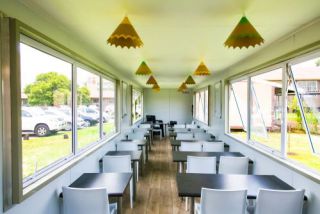
Modifying a shipping container can take about 4-10 weeks.
If you buy a prefabricated shipping container, you can ask your vendor for immediate delivery. Both of these options are much less time-consuming than building a brick-and-mortar structure, which can take up to six months to complete.
Features You Can Add to a Shipping Container Classroom
You can discuss all the customizations you need with your supplier. Listed below are some common add-ons and features you can add to your container to build efficient educational facilities.
- Air conditioning and heating
- Electricity, outlets, and lighting
- Plumbing, sinks, and bathrooms
- Windows and doors
- High-Security locks
- Lockable door handles
- Shelving brackets
- Plan tables
- Stairs and ramps
- Customized paint
- CCTV cameras and surveillance systems
- Durable hardwood and timber flooring
- Phone and data access lines
Size and Cost Considerations
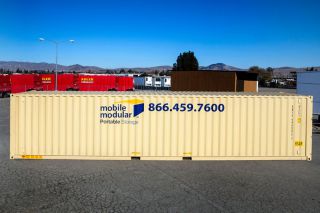
Standard shipping containers come in 10 ft., 20 ft., 24 ft., and 40 ft., ISO sizes. You can select any of these containers based on the number of students you must cater to and the facilities you want to add. For example, a 40-foot container provides about 2,390 cu. ft. of space.
The cost of a shipping container can vary anywhere between $1,000 to $10,000 depending on its size, service condition, customizations, and utilities.
You may also have to include the cost of delivery, which can vary according to the distance, size, and number of containers.
Here are some important things to consider while buying shipping containers.
How Can Mobile Modular Portable Storage Help
At Mobile Modular Portable Storage, we discuss all the job specs and container requirements right at the outset so that we can determine an appropriate price for your budget. Our service personnel have years of customer service experience to provide you with a great experience.
We also have our own fleet of trucks, giving us maximum control over the delivery timeline and process. Unlike the usual 28-day industry-standard rental billing cycle, we offer a 30-day billing cycle. That gives you two extra days at zero additional cost.
We deliver shipping containers across major locations in the US. Call us at 866.456.7600 or fill out the contact form for a free quote today to rent, lease, or buy storage containers.
Frequently Asked Questions
What Is a Container Classroom?
A container classroom uses a shipping container structure instead of a traditional building. Such classrooms are highly portable, easy to use, and convenient for adding more space to existing school buildings.
What Are Portable Classrooms Made Out Of?
Shipping container suppliers utilize used storage containers to create portable classrooms. These units are made of Corten steel, otherwise known as weathering steel. Since cargo containers have forklift pockets, you can move these portable classrooms to any location.
How Much Will a Shipping Container Cost?
The cost of a shipping container can vary anywhere between $1,000 to $10,000, depending on its size, service condition, customizations, and utilities. You may also have to add in delivery costs, which can vary according to the distance, size, and number of containers.
Do You Need Building Consent for a Shipping Container?
Acquiring a building consent or planning permission may differ according to the build and location. For example, you may not need permission on a construction site or a self-owned manufacturing plant, provided you meet the necessary conditions laid out on the planning portal website.
On the other hand, if you place container offices next to a highway or road junction, or if they affect the local environment in any way, you will need to obtain planning permission.
Check with your local authority to be sure.
Related Blogs
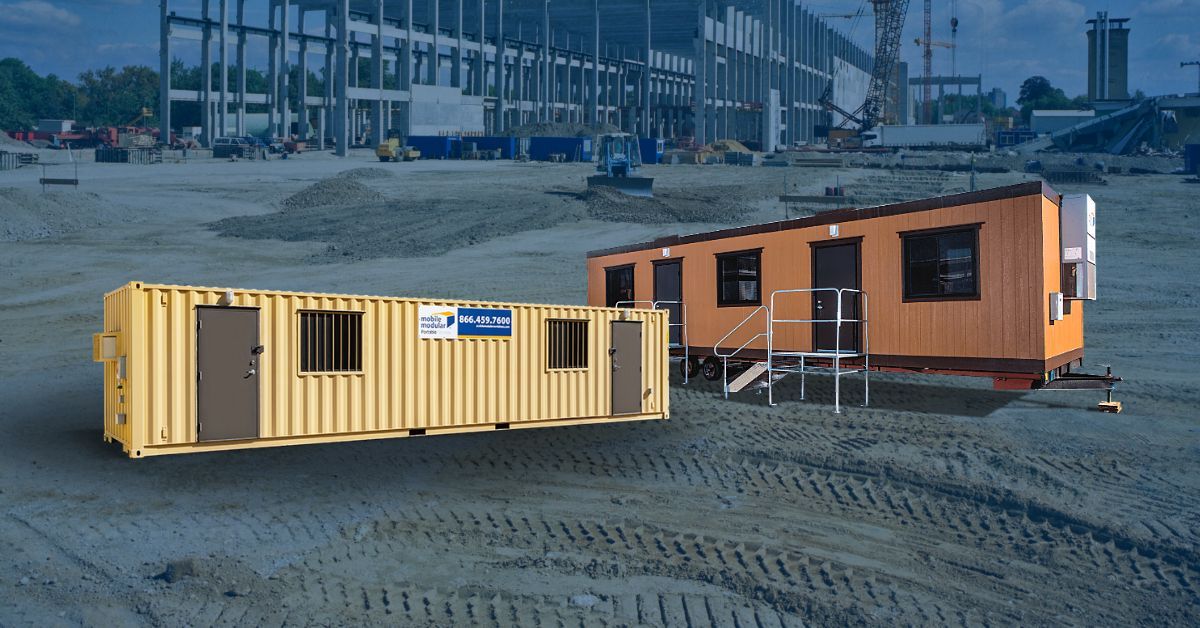
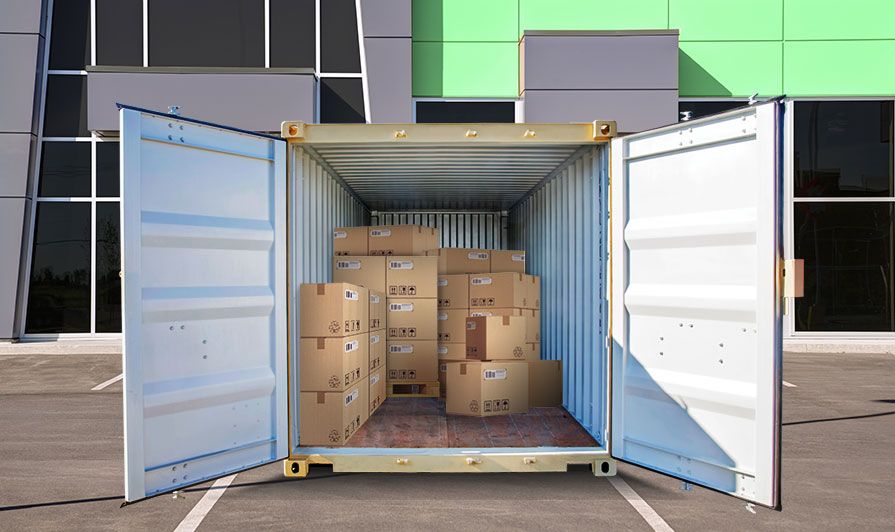

Subscribe to Our Blog
Enter your email address to subscribe to the blog and receive the notification of new posts by email.
Thank You for Subscribing to Our Blog!
Stay tuned for upcoming emails with valuable content that we hope will enhance your experience with our brand.
Both Pardot and mg360 form submissions failed.
